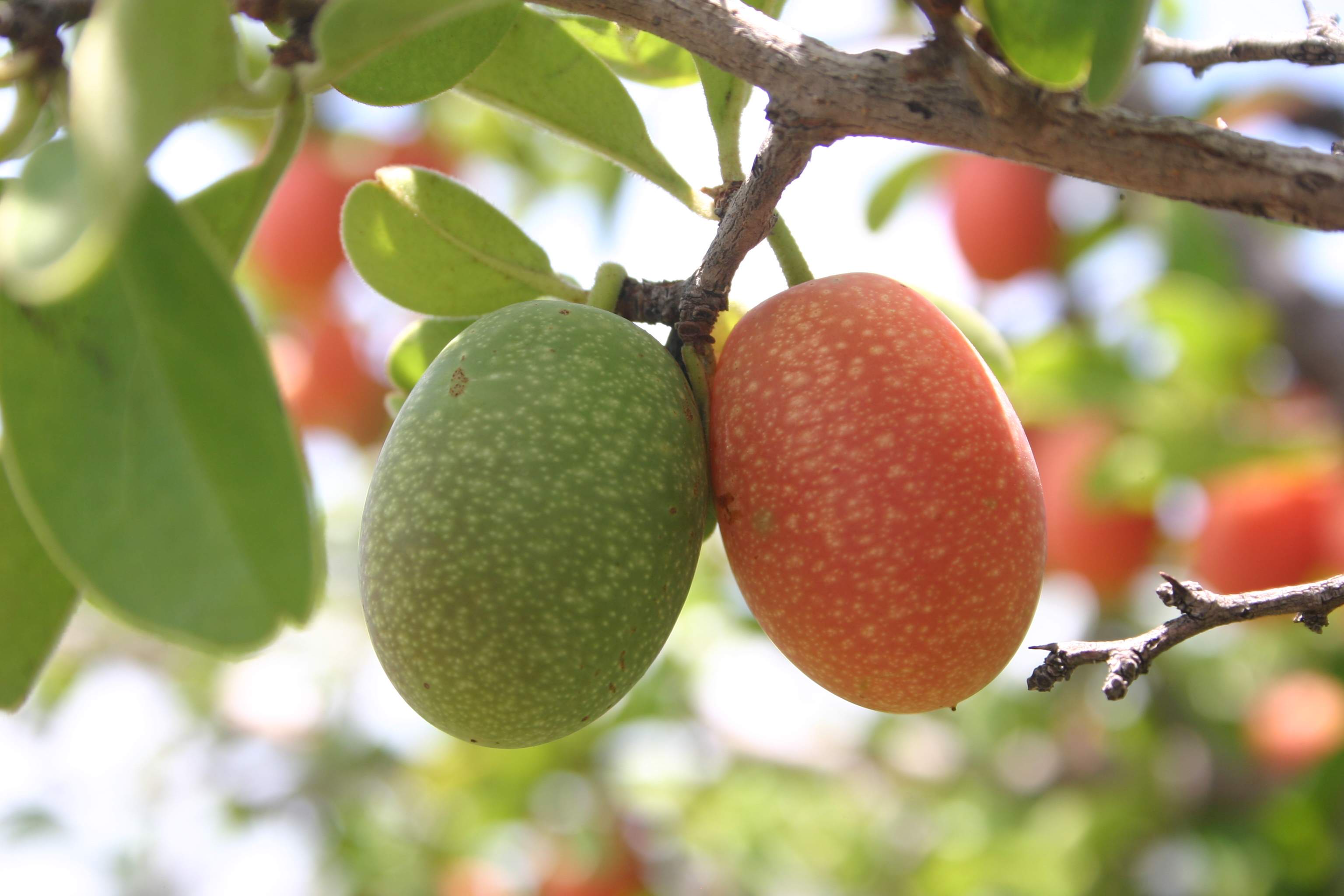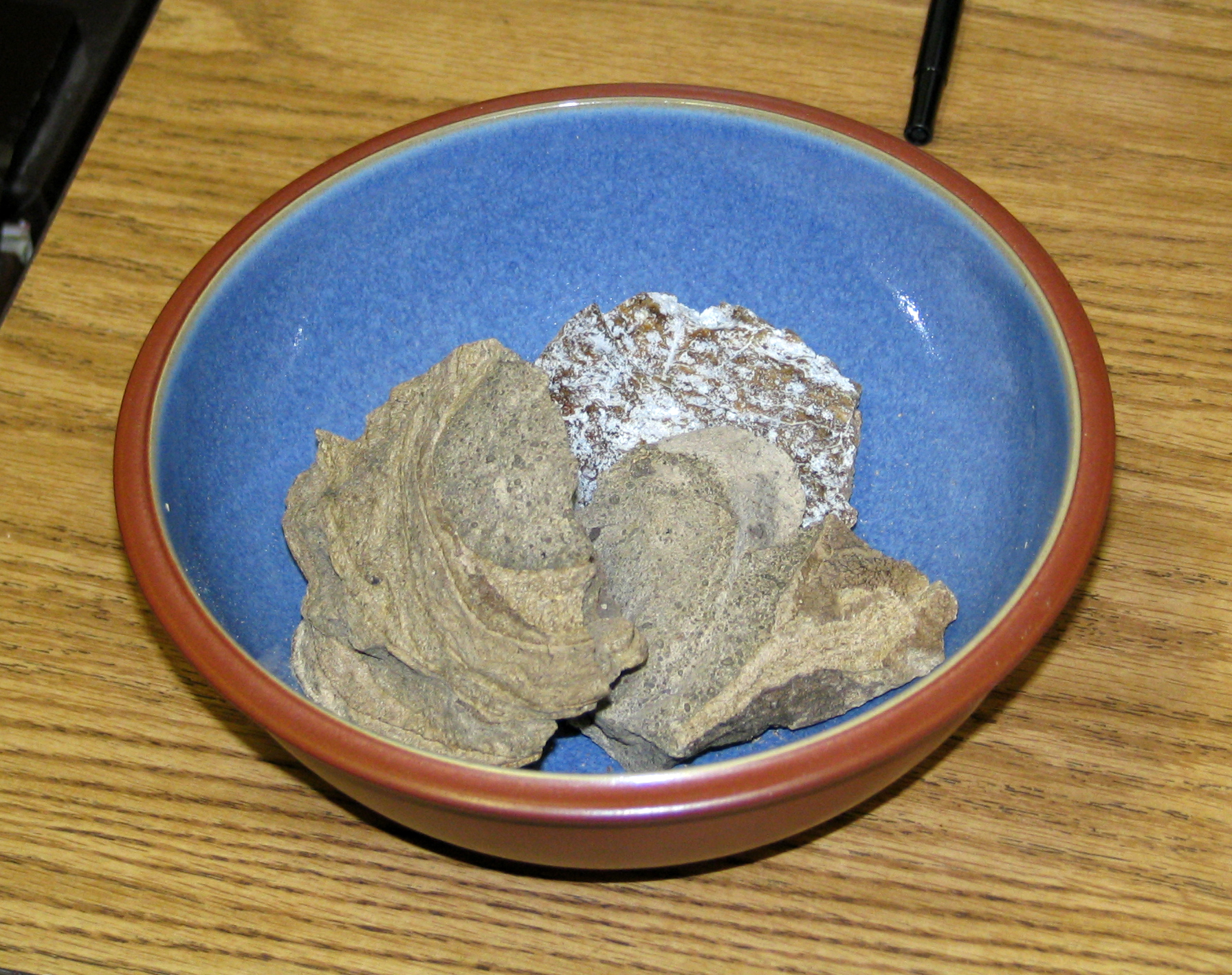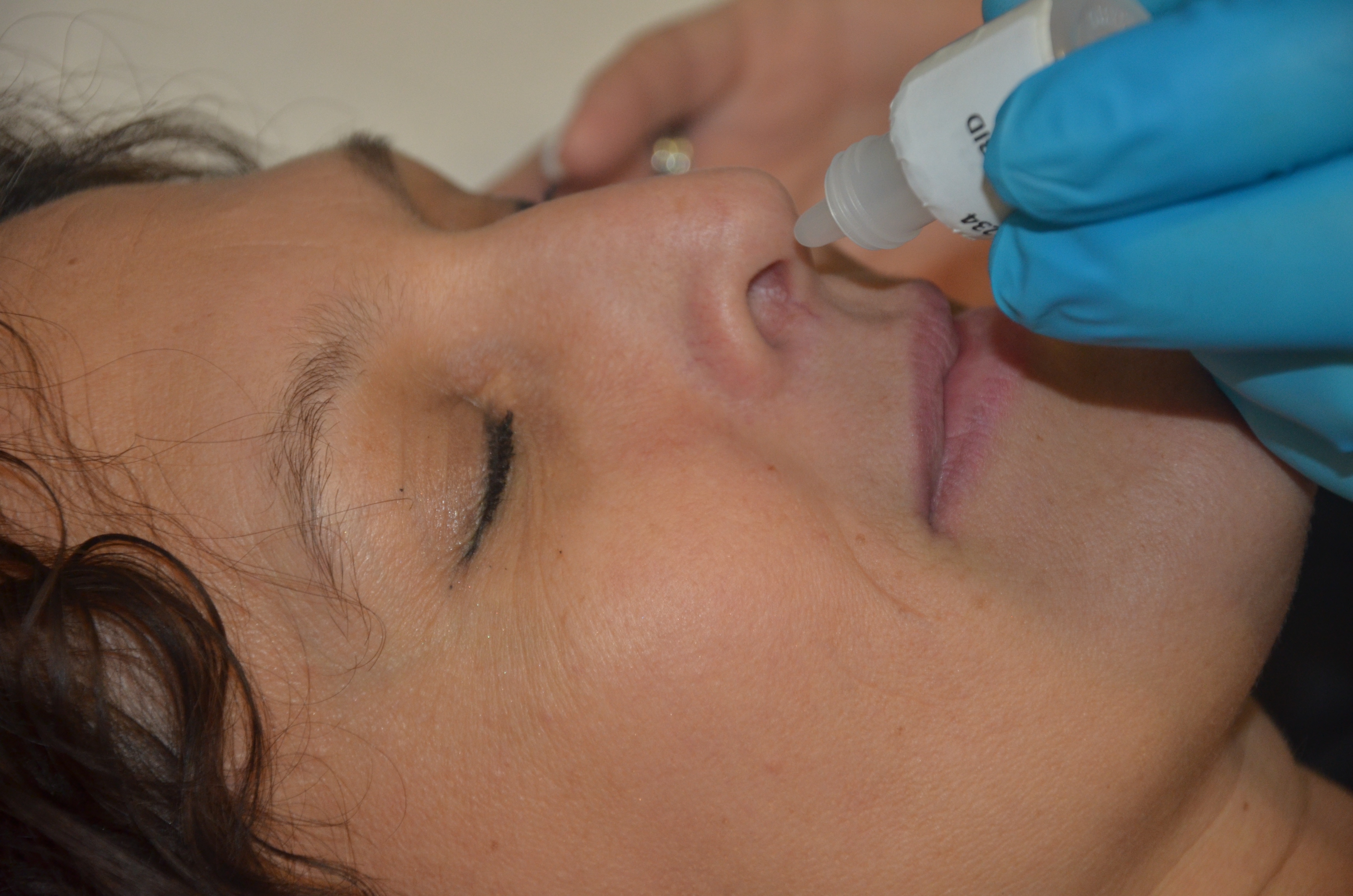|
Ximenia Afra
''Ximenia afra'', the sourplum, is a small tree or small shrub that is thinly branched. It is part of the Olacaceae family which is native throughout tropical regions. In particular, the sourplum is native to regions in South East Africa, mainly Botswana, Kenya, Malawi, Mozambique, South Africa, Tanzania, Uganda, Zambia, and Zimbabwe.C, Orwa, Mutua A, Kindt R, Jamnadass R, and Simons A. "Ximenia Caffra." Agroforestree Database: A Tree Reference and Selection Guide Version 4.0. 2009. http://www.worldagroforestry.org/treedb2/AFTPDFS/Ximenia_caffra.pdf Sourplum fruits are generally sour, with a dry aftertaste, and contain significant amounts of potassium.Ndhlala, A.R., Muchuweti, M., Mupure, C., Chitindingu, K., Murenje, T., Kasiyamhuru, A., Benhura, M.A. (2008) Phenolic content and profiles of selected wild fruits of Zimbabwe: ''Ximena caffra'', ''Artobotrys brachypetalus'' and ''Syzygium cordatum''. International Journal of Food Science and Technology, Vol. 43, p 1333-1337. The tr ... [...More Info...] [...Related Items...] OR: [Wikipedia] [Google] [Baidu] |
Otto Wilhelm Sonder
Otto Wilhelm Sonder (18 June 1812, Bad Oldesloe – 21 November 1881) was a German botanist and pharmacist. Life A native of Holstein, Sonder studied at Kiel University, where he sat pharmaceutical examinations in 1835, before becoming the proprietor of a pharmacy in Hamburg from 1841 to 1878. In 1846 he received an honorary doctorate from the University of Königsberg and was elected a member of the German National Academy of Sciences Leopoldina for his contribution to the field of botany. Herbarium From a young age, Sonder showed considerable interest and skill in Botany. He often embarked on botanical excursions in his local area early in the morning before heading to work at the pharmacy. Throughout his life, Sonder met and conversed with many eminent botanists of the era. He amassed an extensive botanical collection that contained hundreds of thousands of specimens representing all major plant groups and spanning all parts of the globe. The collection is particularly sign ... [...More Info...] [...Related Items...] OR: [Wikipedia] [Google] [Baidu] |
Herbal Medicine
Herbal medicine (also herbalism) is the study of pharmacognosy and the use of medicinal plants, which are a basis of traditional medicine. With worldwide research into pharmacology, some herbal medicines have been translated into modern remedies, such as the anti-malarial group of drugs called artemisinin isolated from ''Artemisia annua'', a herb that was known in Chinese medicine to treat fever. There is limited evidence-based medicine, scientific evidence for the safety and efficacy of plants used in 21st century herbalism, which generally does not provide standards for purity or dosage. The scope of herbal medicine commonly includes fungi, fungal and bee products, as well as Dietary mineral, minerals, Animal shell, shells and certain animal parts. Herbal medicine is also called phytomedicine or phytotherapy. Paraherbalism describes alternative medicine, alternative and Pseudoscience, pseudoscientific practices of using unrefined plant or animal extracts as unproven medicines o ... [...More Info...] [...Related Items...] OR: [Wikipedia] [Google] [Baidu] |
Syphilis
Syphilis () is a sexually transmitted infection caused by the bacterium '' Treponema pallidum'' subspecies ''pallidum''. The signs and symptoms of syphilis vary depending in which of the four stages it presents (primary, secondary, latent, and tertiary). The primary stage classically presents with a single chancre (a firm, painless, non-itchy skin ulceration usually between 1 cm and 2 cm in diameter) though there may be multiple sores. In secondary syphilis, a diffuse rash occurs, which frequently involves the palms of the hands and soles of the feet. There may also be sores in the mouth or vagina. In latent syphilis, which can last for years, there are few or no symptoms. In tertiary syphilis, there are gummas (soft, non-cancerous growths), neurological problems, or heart symptoms. Syphilis has been known as " the great imitator" as it may cause symptoms similar to many other diseases. Syphilis is most commonly spread through sexual activity. It may also be tra ... [...More Info...] [...Related Items...] OR: [Wikipedia] [Google] [Baidu] |
Aphrodisiac
An aphrodisiac is a substance that increases sexual desire, sexual attraction, sexual pleasure, or sexual behavior. Substances range from a variety of plants, spices, foods, and synthetic chemicals. Natural aphrodisiacs like cannabis or cocaine are classified into plant-based and non-plant-based substances. There are non-naturally-occurring aphrodisiacs like MDMA and methamphetamine. Aphrodisiacs can be classified by their type of effects (i.e., psychological or physiological). Aphrodisiacs that contain hallucinogenic properties like Bufotenin have psychological effects on a person that can increase sexual desire and sexual pleasure. Aphrodisiacs that contain smooth muscle relaxing properties like yohimbine have physiological effects on a person that can affect hormone levels and increase blood flow. It is possible that the aphrodisiac effect of a substance is due to the placebo effect. Other substances that impede on areas that aphrodisiacs aim to enhance are classified ... [...More Info...] [...Related Items...] OR: [Wikipedia] [Google] [Baidu] |
Bilharziasis
Schistosomiasis, also known as snail fever, bilharzia, and Katayama fever, is a disease caused by parasitic flatworms called schistosomes. The urinary tract or the intestines may be infected. Symptoms include abdominal pain, diarrhea, bloody stool, or blood in the urine. Those who have been infected for a long time may experience liver damage, kidney failure, infertility, or bladder cancer. In children, it may cause poor growth and learning difficulty. The disease is spread by contact with fresh water contaminated with the parasites. These parasites are released from infected freshwater snails. The disease is especially common among children in developing countries, as they are more likely to play in contaminated water. Other high-risk groups include farmers, fishermen, and people using unclean water during daily living. It belongs to the group of helminth infections. Diagnosis is by finding eggs of the parasite in a person's urine or stool. It can also be confirmed by find ... [...More Info...] [...Related Items...] OR: [Wikipedia] [Google] [Baidu] |
Malaria
Malaria is a mosquito-borne infectious disease that affects humans and other animals. Malaria causes symptoms that typically include fever, tiredness, vomiting, and headaches. In severe cases, it can cause jaundice, seizures, coma, or death. Symptoms usually begin ten to fifteen days after being bitten by an infected mosquito. If not properly treated, people may have recurrences of the disease months later. In those who have recently survived an infection, reinfection usually causes milder symptoms. This partial resistance disappears over months to years if the person has no continuing exposure to malaria. Malaria is caused by single-celled microorganisms of the '' Plasmodium'' group. It is spread exclusively through bites of infected '' Anopheles'' mosquitoes. The mosquito bite introduces the parasites from the mosquito's saliva into a person's blood. The parasites travel to the liver where they mature and reproduce. Five species of ''Plasmodium'' can infect and be spr ... [...More Info...] [...Related Items...] OR: [Wikipedia] [Google] [Baidu] |
Abscess
An abscess is a collection of pus that has built up within the tissue of the body. Signs and symptoms of abscesses include redness, pain, warmth, and swelling. The swelling may feel fluid-filled when pressed. The area of redness often extends beyond the swelling. Carbuncles and boils are types of abscess that often involve hair follicles, with carbuncles being larger. They are usually caused by a bacterial infection. Often many different types of bacteria are involved in a single infection. In many areas of the world, the most common bacteria present is '' methicillin-resistant Staphylococcus aureus''. Rarely, parasites can cause abscesses; this is more common in the developing world. Diagnosis of a skin abscess is usually made based on what it looks like and is confirmed by cutting it open. Ultrasound imaging may be useful in cases in which the diagnosis is not clear. In abscesses around the anus, computer tomography (CT) may be important to look for deeper infection. St ... [...More Info...] [...Related Items...] OR: [Wikipedia] [Google] [Baidu] |
Chafing (skin)
Chafing is an irritation of skin caused by friction, moisture or irritating fabric. Prolonged rubbing on the skin may result in skin sting or burn, and development of a mild, red rash; and in severe cases may include swelling, bleeding, or crusting. It often results from body parts that rub against each other or against clothing. It commonly occurs on the inner thighs and buttocks, and nipples, groin, feet, and armpits can also chafe, although there it is less common. Severe chafing is known as friction burn. Causes Repeated rubbing, especially combined with moisture, cause chafing. Chafing may be caused by clothing rubbing against the skin. Chafing can also be caused by improper or overly loose fitting clothing generating extra friction. Wearing a skirt, especially in hot or humid weather, may cause chafing in the upper thighs. Wearing leggings or pants can protect thighs from such rubbing. Ill-fitting clothes can cause chafing; repeatedly rubbing against sleeves, bra straps, ... [...More Info...] [...Related Items...] OR: [Wikipedia] [Google] [Baidu] |
Ointment
A topical medication is a medication that is applied to a particular place on or in the body. Most often topical medication means application to body surfaces such as the skin or mucous membranes to treat ailments via a large range of classes including creams, foams, gels, lotions, and ointments. Many topical medications are epicutaneous, meaning that they are applied directly to the skin. Topical medications may also be inhalational, such as asthma medications, or applied to the surface of tissues other than the skin, such as eye drops applied to the conjunctiva, or ear drops placed in the ear, or medications applied to the surface of a tooth. The word ''topical'' derives from Greek τοπικός ''topikos'', "of a place". Justification Topical drug delivery is a route of administering drugs via the skin to provide topical therapeutic effects. As skin is one of the largest and most superficial organs in the human body, pharmacists utilise it to deliver various drugs. ... [...More Info...] [...Related Items...] OR: [Wikipedia] [Google] [Baidu] |
Ximenia Caffra03
''Ximenia'' is a genus of flowering plants in the family Olacaceae. The generic name honors Francisco Ximénez, a Spanish priest.Genaust, Helmut (1976). ''Etymologisches Wörterbuch der botanischen Pflanzennamen'' Selected species * ''Ximenia americana'' L. * ''Ximenia caffra'' (large sourplum) Sond. * '' Ximenia coriacea'' Engl. * '' Ximenia roigii'' León Formerly placed here * ''Balanites aegyptiaca'' (L.) Delile (as ''X. aegyptiaca'' L.) Image gallery Image:Ximenia americana leaves at Chilkur near Hyderabad, AP W IMG 7290.jpg, ''Ximenia americana'' leaves at Chilkur near Hyderabad, India. Image:Ximenia americana leaves & fruit at Chilkur near Hyderabad, AP W IMG 7288.jpg, ''Ximenia americana'' leaves & fruit at Chilkur near Hyderabad, India Hyderabad ( ; , ) is the capital and largest city of the Indian state of Telangana and the ''de jure'' capital of Andhra Pradesh. It occupies on the Deccan Plateau along the banks of the Musi River, in the northern pa ... [...More Info...] [...Related Items...] OR: [Wikipedia] [Google] [Baidu] |
Germinate
Germination is the process by which an organism grows from a seed or spore. The term is applied to the sprouting of a seedling from a seed of an angiosperm or gymnosperm, the growth of a sporeling from a spore, such as the spores of fungi, ferns, bacteria, and the growth of the pollen tube from the pollen grain of a seed plant. Seed plants Germination is usually the growth of a plant contained within a seed; it results in the formation of the seedling. It is also the process of reactivation of metabolic machinery of the seed resulting in the emergence of radicle and plumule. The seed of a vascular plant is a small package produced in a fruit or cone after the union of male and female reproductive cells. All fully developed seeds contain an embryo and, in most plant species some store of food reserves, wrapped in a seed coat. Some plants produce varying numbers of seeds that lack embryos; these are empty seeds which never germinate. Dormant seeds are viable seeds that ... [...More Info...] [...Related Items...] OR: [Wikipedia] [Google] [Baidu] |
KwaZulu-Natal
KwaZulu-Natal (, also referred to as KZN and known as "the garden province") is a province of South Africa that was created in 1994 when the Zulu bantustan of KwaZulu ("Place of the Zulu" in Zulu) and Natal Province were merged. It is located in the southeast of the country, with a long shoreline on the Indian Ocean and sharing borders with three other provinces and the countries of Mozambique, Eswatini and Lesotho. Its capital is Pietermaritzburg, and its largest city is Durban. It is the second-most populous province in South Africa, with slightly fewer residents than Gauteng. Two areas in KwaZulu-Natal have been declared UNESCO World Heritage Sites: the iSimangaliso Wetland Park and the uKhahlamba Drakensberg Park. These areas are extremely scenic as well as important to the surrounding ecosystems. During the 1830s and early 1840s, the northern part of what is now KwaZulu-Natal was established as the Zulu Kingdom while the southern part was, briefly, the Boer Nata ... [...More Info...] [...Related Items...] OR: [Wikipedia] [Google] [Baidu] |

.jpg)






